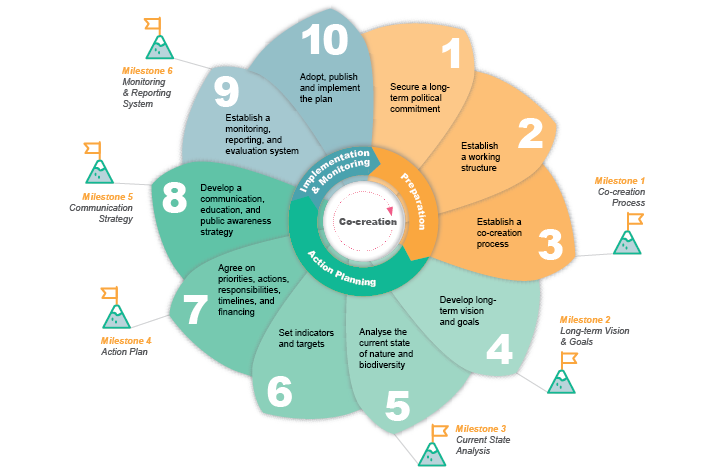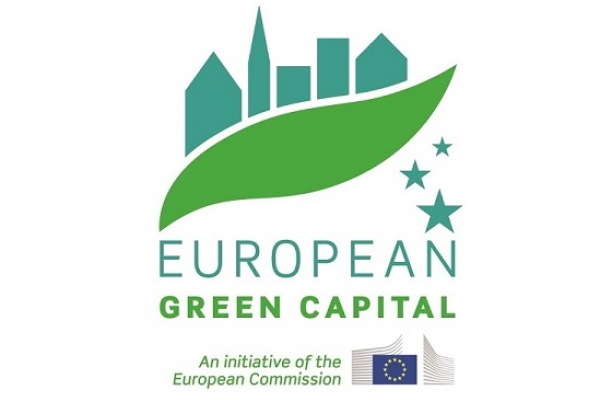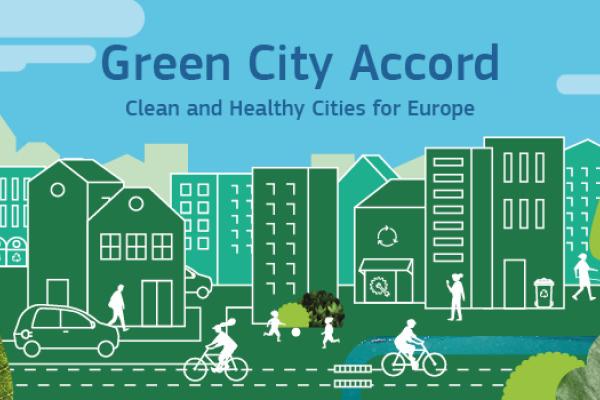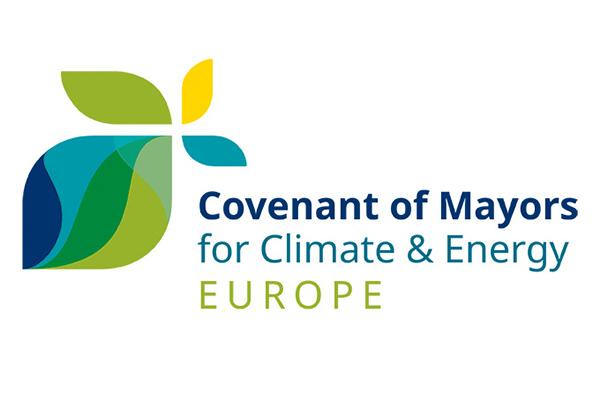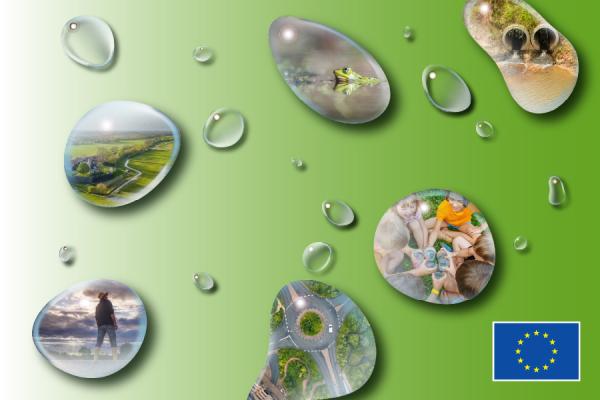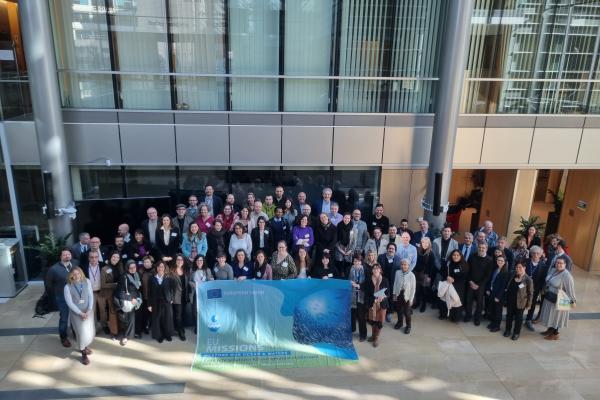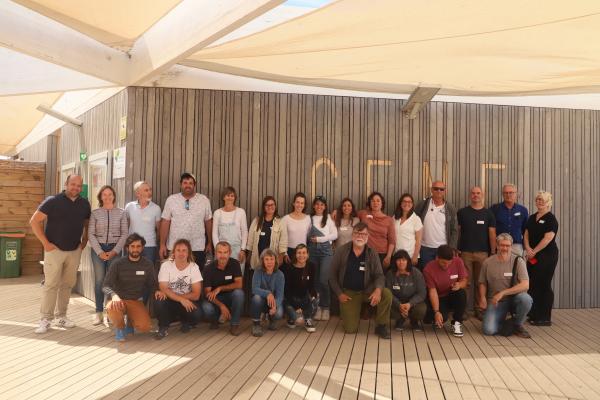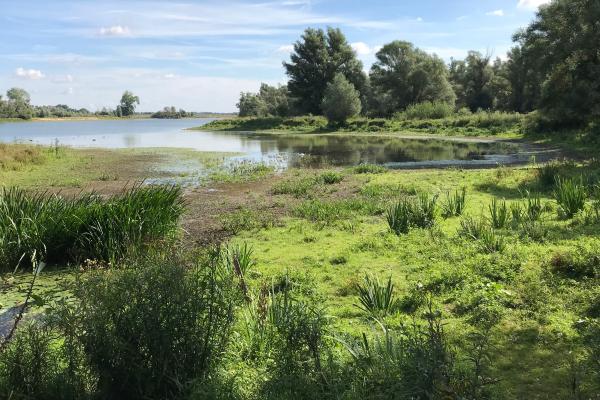Green urban spaces, from parks and gardens to green roofs and urban farms, provide a wide range of benefits for people and the planet. They provide vital space for physical and mental wellbeing and a very important habitat for nature, including for birds and pollinators. Green space helps reduce air, water and noise pollution, provides protection from flooding, droughts and heat waves and much more.
While protection of some urban green spaces has increased, green spaces often lose out in the competition for land as the share of the population living in urban areas continues to rise. The Biodiversity Strategy for 2030 aims to reverse these trends, and to protect and restore our precious urban ecosystems.
Note: This page used to be called the 'Urban Greening Platform' and talked about 'Urban Greening Plans', but to avoid confusion with the Green City Accord and the European Green Capital Award - which cover more environmental topics that nature and biodiversity - the name of this platform and the urban planning guidance has been changed.


